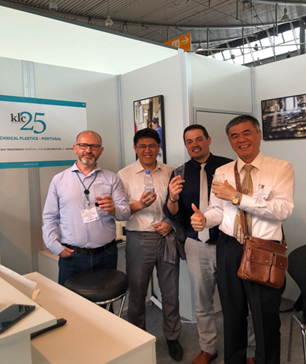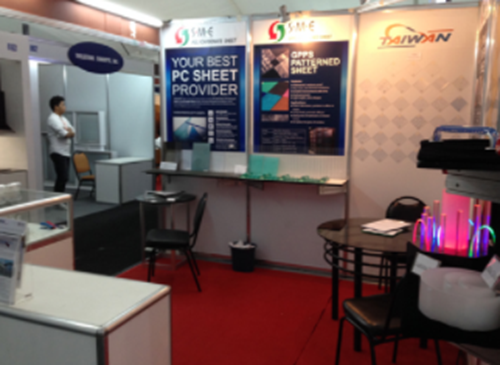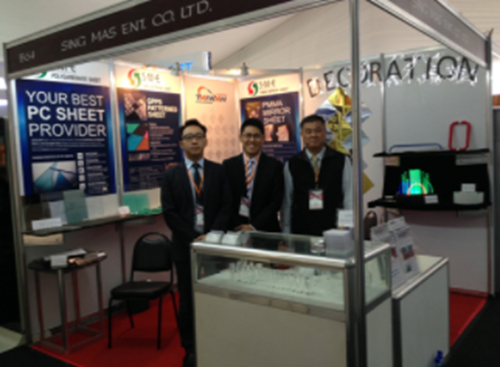Cast Acrylic Tube
Cast acrylic tubes are highly valued in various industrial and design applications for their clarity, durability, and excellent resistance to aging. They provide precise dimensions and thicknesses, making them ideal for lighting fixtures, display racks, and structural uses. SMEACRYLIC offers cast acrylic tubes with diameters from 25mm to 600mm and lengths of 1000mm or 1200mm. Please provide your specifications for a quote.
Description
Cast Acrylic Tube Specifications
| Outter Dia. (mm) | Thickness (mm) | ||||||
| 2 | 3 | 4 | 5 | 6 | 8 | 10 | |
| 25 | ● | ● | |||||
| 30 | ● | ● | ● | ||||
| 35 | ● | ● | ● | ||||
| 40 | ● | ● | ● | ● | |||
| 45 | ● | ● | ● | ● | |||
| 50 | ● | ● | ● | ● | ● | ● | ● |
| 60 | ● | ● | ● | ● | ● | ● | ● |
| 65 | ● | ● | ● | ● | ● | ● | ● |
| 70 | ● | ● | ● | ● | ● | ● | ● |
| 80 | ● | ● | ● | ● | ● | ● | ● |
| 90 | ● | ● | ● | ● | ● | ● | |
| 100 | ● | ● | ● | ● | ● | ● | |
| 110 | ● | ● | ● | ● | ● | ● | |
| 120 | ● | ● | ● | ● | ● | ● | |
| 125 | ● | ● | ● | ● | ● | ● | |
| 130 | ● | ● | ● | ● | ● | ● | |
| 140 | ● | ● | ● | ● | ● | ● | |
| 150 | ● | ● | ● | ● | ● | ● | |
| 152 | ● | ● | ● | ● | ● | ● | |
| 160 | ● | ● | ● | ● | ● | ● | |
| 170 | ● | ● | ● | ● | ● | ● | |
| 180 | ● | ● | ● | ● | ● | ● | |
| 200 | ● | ● | ● | ● | ● | ● | |
| 230 | ● | ● | ● | ● | ● | ||
| 250 | ● | ● | ● | ● | ● | ||
| 267 | ● | ● | ● | ● | ● | ||
| 300 | ● | ● | ● | ● | ● | ||
| 330 | ● | ● | ● | ● | |||
| 350 | ● | ● | ● | ● | ● | ||
| 400 | ● | ● | ● | ● | ● | ||
| 450 | ● | ● | ● | ● | ● | ||
| 500 | ● | ● | ● | ● | |||
| 600 | ● | ● | ● | ● | |||
※ Be able to customize a variety of sizes.![]() Download "the specifications of Cast Acrylic Tube."
Download "the specifications of Cast Acrylic Tube."
![]() Download "the Tolerance of Cast Acrylic Tube."
Download "the Tolerance of Cast Acrylic Tube."
Cast Acrylic Tube Features
• Excellent weather resistance
• Excellent light transmission, light transmission rate of up to 92%, with crystal clear characteristics
• Easy machining
Cast Acrylic Tube Application
• Pack the container
• Fish tank
Cast Acrylic Tube Attention
• Do not coexist with other organic solvents, let alone expose them to organic solvents.
• Cannot be used at temperatures above 85 degrees celsius.
Related Applications
.jpg)
-1.jpg)
.jpg)


- Cutting: Cutting according to the size required by customers, the precision tolerance can reach ±0.5mm
- Polishing: Treat the acrylic surface with a diamond polishing machine to make it smooth and translucent.
- Drilling: Drilling according to customer's requirements, and it is matched with customer's sample kit.
- Bending: Bending according to customer's requirements, heating the acrylic tube, and then bending with jigs.
- Chamfering: The edge of the acrylic pipe is chamfered to reduce sharp edges.
- Printing: Print patterns, words or images onto the acrylic surface to achieve personalized decorative effects.
- Laser cutting: Using high-power laser beams for precise cutting can achieve diverse cutting needs.
- Assembly: process and assemble with the accessories required by customers to complete one continuous line service.
- SMEACRYLIC® is a Taiwan based manufacturer which was founded in year 1980, a Professional Manufacturer in Extrusion Technology.
- We specializes in extruding various kinds of plastic Profiles, Tubes, Rods and Sheets which be used in displays, decorations, lighting, illuminated advertising, architectures and a lot more applications.
- Approximately 90% of our products are exported to over 40 countries worldwide including numerous well-known brands. Over the years, we have expanded to become the market leader in extrusion field in Asia.
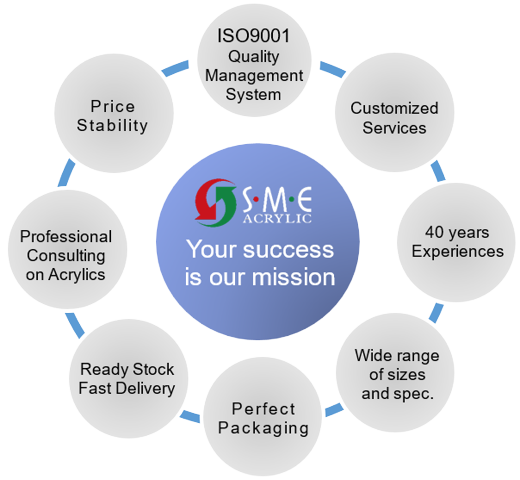

We insist on using 100% virgin materials.
We insist on using international branded raw materials (Sumipex, Mitsubishi, Evonik)
We insist on keeping sample records of raw materials, all raw materials are traceable.
- We developed on line catalogue for our customers.
- Stock system always offers efficient prompt delivery.
- Samples available for most of our products.
- Our home-made moulds offer fast and precision work to ensure customers' satisfaction.
- Efficient ISO-9001 managing system ensures quality stability.
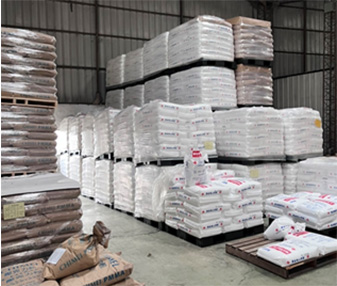
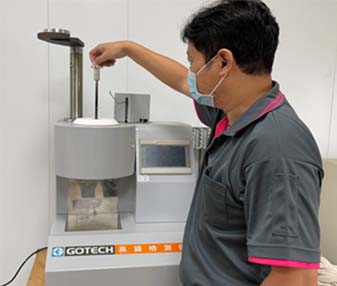
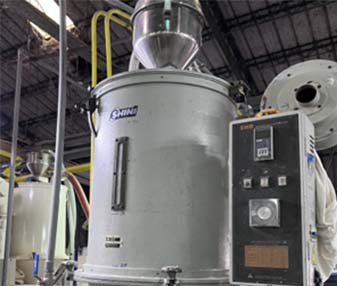
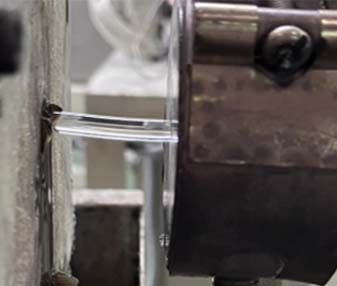





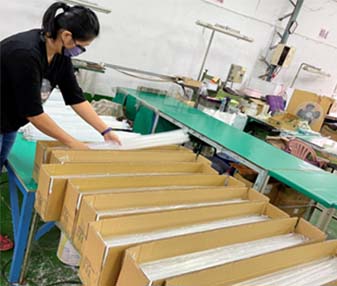
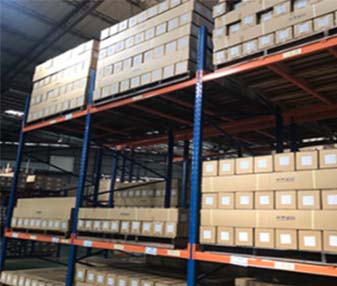

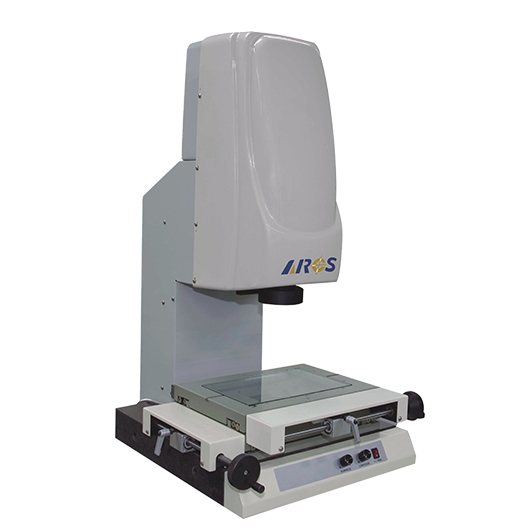


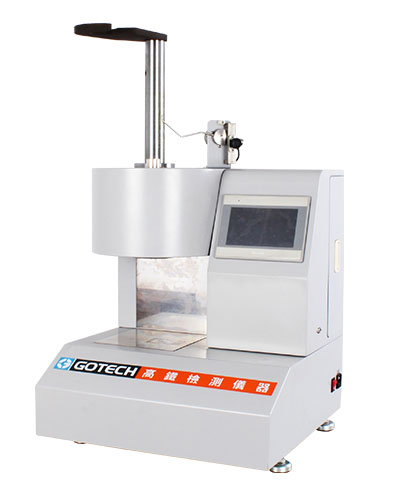
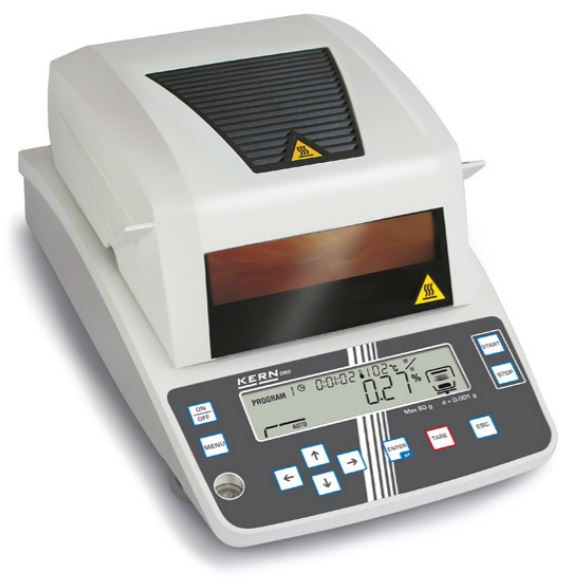
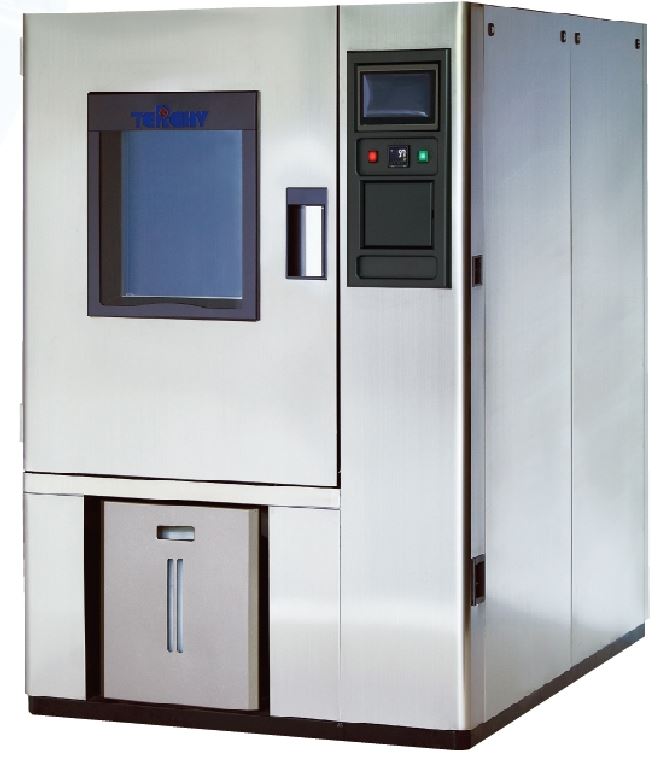


- Exclusive shrink film packaging slows down the water absorption of acrylic
- Giving you a good cutting experience
- Effectively avoid scratches on acrylic tube surface during cutting
- Small tubes are bundled to increase the strength and are not easy to break
- Bubble Wrap protects the tubes druing transportation
- Carton protection, convenient for warehouse management
- Square package, maximizing the storage capacity of the warehouse













